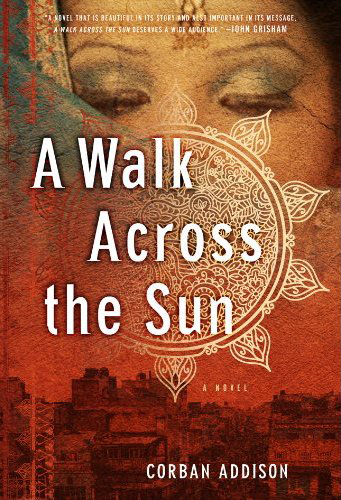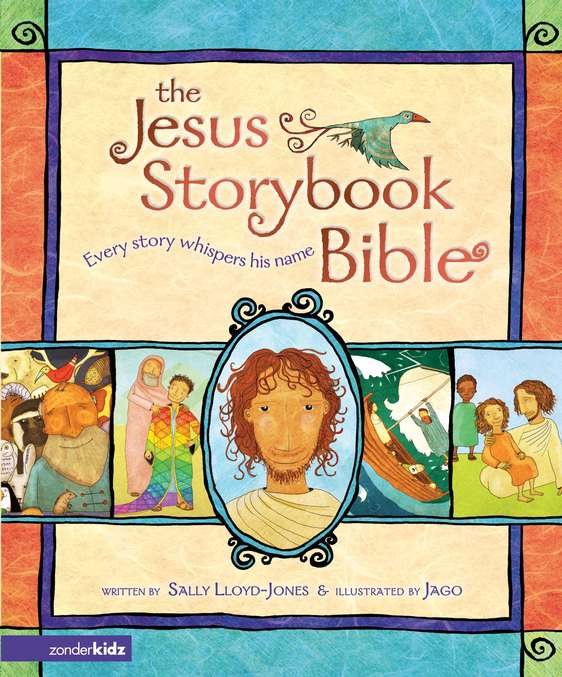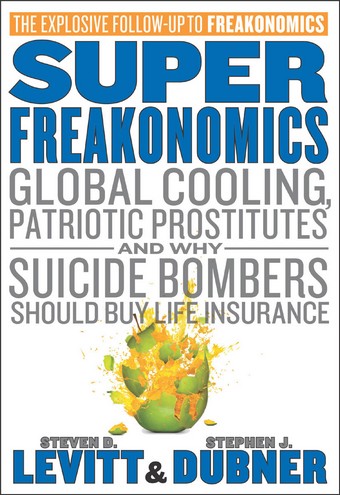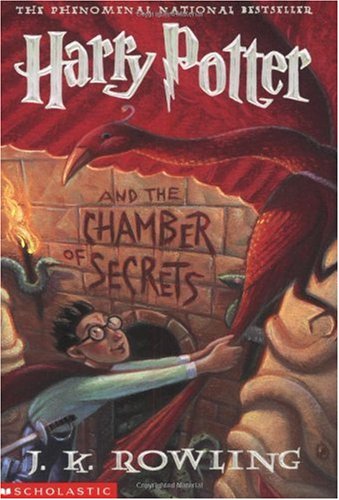 In 1852 a diminutive girl's school teacher from Maine wrote a story that captured the attention of the world. The novel was the spark that set on fire a movement that changed the course of American history. Exposed to the first hand stories of savage brutality, and compelled by her Christian convictions, Harriet Beecher Stowe wrote Uncle Tom's Cabin. Her story unveil any new insights, but rather it put forth a human face in the midst of the national tragedy which was slavery.
Similarly, now in 2012 most people are at least vaguely aware that slavery still exists in various forms worldwide. Some are surprised and shocked to hear that an estimated 27 million people are in slavery today. Others are equally surprised to hear that slavery still exists in America today. Yet, in spite of the evidence, most people remained unmoved. Where's the outrage? Where's today's widespread abolitionist movement?
In 1852 a diminutive girl's school teacher from Maine wrote a story that captured the attention of the world. The novel was the spark that set on fire a movement that changed the course of American history. Exposed to the first hand stories of savage brutality, and compelled by her Christian convictions, Harriet Beecher Stowe wrote Uncle Tom's Cabin. Her story unveil any new insights, but rather it put forth a human face in the midst of the national tragedy which was slavery.
Similarly, now in 2012 most people are at least vaguely aware that slavery still exists in various forms worldwide. Some are surprised and shocked to hear that an estimated 27 million people are in slavery today. Others are equally surprised to hear that slavery still exists in America today. Yet, in spite of the evidence, most people remained unmoved. Where's the outrage? Where's today's widespread abolitionist movement?
Perhaps the movement simply needs a spark to set it on fire? If so, A Walk Across The Sun by Corban Addison may just be that spark.
This is an excellent book on several levels. First, it is a deeply compelling human story full of angst, hope, fears, joys, uncertainties, pain, and triumph. The story follows the lives of two young Indian girls who are orphaned by the Tsunami along the coast of India in 2004. In their desperate attempt to find a safe place to live, the girls get conned and trafficked into an Indian brothel. In addition, the story also follows the journey of an ambitious young lawyer seeking to climb the ranks within his mega firm. When a major trial goes badly, his life is thrown into crises when his firm offers him a year leave of absence to do pro-bono work for an organization working to bring justice to enslaved girls in India (think International Justice Mission www.ijm.org). As it happens that his estranged wife, who is from India, is also there. The lawyer goes to try to reconcile with his wife, and along the way get's absolutely enraptured by the cause of tracking down and finding one of the trafficked sisters around the world.
Second, the book is fast-paced and engaging. The story kept me up late into the night on several nights because I couldn't put it down. There is great tension, plot-twists, relational and character development, etc. Additionally, the action moves from America, to India, to France, to America, and back to India. This book has all of the best elements that a book written by John Grisham would have.
Third, and perhaps most importantly, the story has an authentic and believable feel to it. The author makes the reader feel the emotional roller-coaster that each of the main characters go through. It's interesting to me that throughout the book the reader sees countless other, though faceless, victims of injustice and slavery... yet, because we're not allowed into their story, the reader doesn't really feel for them (sort of like watching a news report about modern day slavery). Yet that's not the case with the two trafficked girls... it's as though we can see through their eyes, feel their loss, their pain, their fear, their hope for rescue.
Finally, as a Christian pastor myself who has tried to view modern day slavery through a Christian worldview, I really appreciated the worldview that the author brought to this book. While very respectful toward Indian culture and Hindu religious traditions and practices, I think the author also did a fine job of putting forth a Christian worldview that says "God cares about injustice, and his people should too" (Isa. 1:17). In this way, Corban Addison was not heavy handed in his beliefs, nor was he overly postmodern and relativistic in his cultural and religious assessment. Where Hinduism may turn a blind eye on injustice, Jesus engages and enters into our pain and our suffering.
No doubt, this has been and will be the best book I read this year.
I pray that God would use this book in the same way he used Uncle Tom's Cabin to spark a movement that turns into an inferno.
http://youtu.be/5DzA-4-qtg8
 Having read to my daughters, reviewed, and recommended this book in the past, I will simply paste the introduction here to give you a good sense of the focus of this great resource for parents:
Having read to my daughters, reviewed, and recommended this book in the past, I will simply paste the introduction here to give you a good sense of the focus of this great resource for parents:





